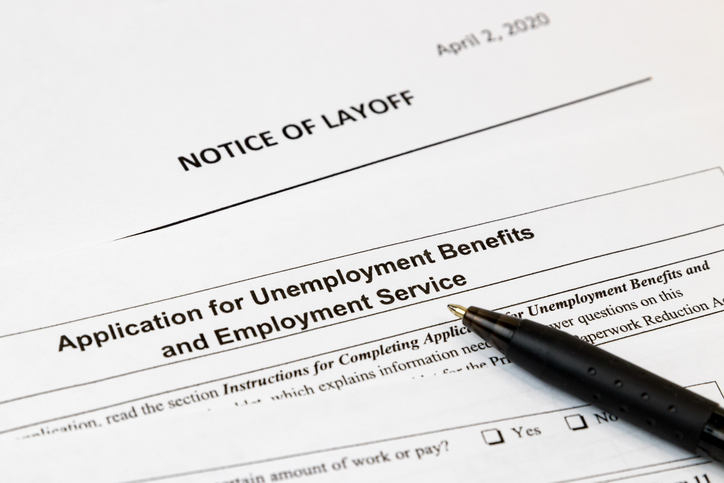New applications for U.S. unemployment insurance benefits dropped 5,000 for the week ending April 2 from the previous week’s revised figure to a seasonally adjusted 166,000. The number is the lowest recorded since the week ending Nov. 30, 1968. The weekly drop also brought the four-week moving average as of April 2 down to 170,000 from 178,000—the revised figure from the week ending March 26.
The Labor Department revised the seasonally adjusted total of jobless claims down to 171,000 from the previously reported 202,000 for the week ending March 26. The department also revised the four-week moving average for the week ending March 26 to 178,000 from the previous 208,500.
Weekly initial unemployment insurance claims were at a record high of 6.15 million in April 2020.
Unemployment insurance refers to a joint federal and state program that provides temporary monetary benefits to eligible laid-off workers who are actively seeking new employment. Qualifying individuals receive unemployment compensation as a percentage of their lost wages in the form of weekly cash benefits while they search for new employment.
The federal government oversees the general administration of state unemployment insurance programs. The states control the specific features of their unemployment insurance programs, such as eligibility requirements and length of benefits.
Originally published by Ballotpedia. Republished with permission.
